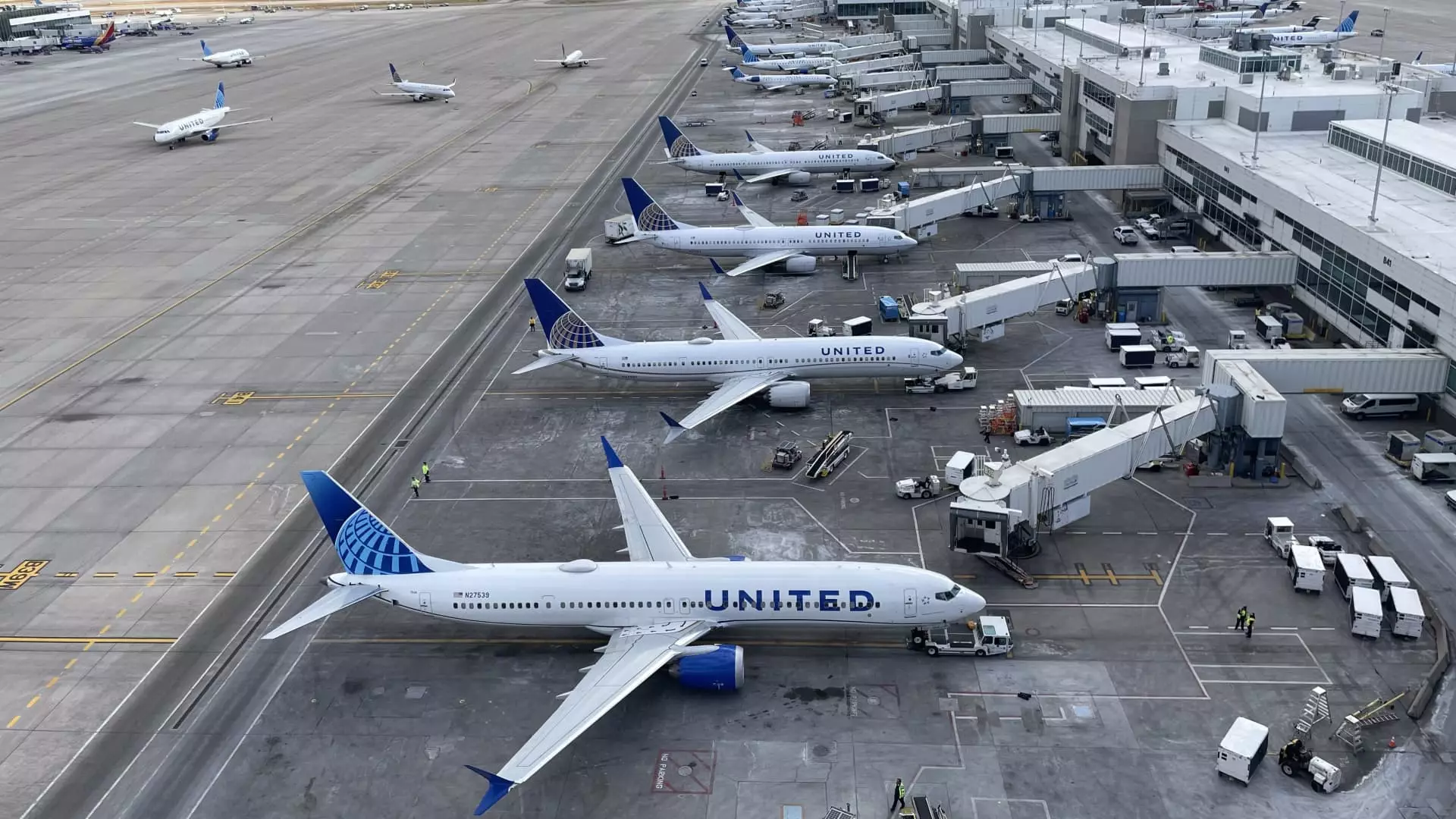United Airlines recently reported a more than 20% increase in its second-quarter profit compared to the previous year. This growth was primarily driven by the strong demand for international travel, which boosted the carrier’s results. However, despite this positive outlook, the carrier’s third-quarter forecast fell short of estimates due to an oversupply of flights that has put pressure on fares.
In the three months ended June 30, United Airlines earned $1.32 billion, or $3.96 per share, marking a significant improvement from the $1.08 billion, or $3.24 per share, earned in the same period a year earlier. When adjusting for one-time items, United reported second-quarter earnings of $4.14 per share, surpassing analysts’ expectations of $3.93 per share. Despite this positive earnings report, the carrier’s revenue of $14.99 billion was slightly below the expected $15.06 billion, representing a 5.7% increase over the previous year.
United Airlines, along with Delta Air Lines, faced challenges in meeting third-quarter expectations due to an oversupply of flights that has led to decreased fares. The increase in U.S. domestic capacity has put pressure on airfares, impacting the financial performance of most carriers in the industry. In response to this challenging environment, airlines are reevaluating their schedules and making adjustments to optimize their operations and profitability.
Despite the headwinds facing the airline industry, United Airlines has implemented strategic initiatives to drive revenue growth and enhance customer satisfaction. The carrier has expanded its international flight offerings, particularly in response to the increased demand post-pandemic. Additionally, United has introduced premium offerings such as larger lounges and more spacious seats to cater to travelers willing to pay more for an enhanced travel experience.
United Airlines reiterated its full-year forecast for adjusted earnings of $9 to $11 per share, signaling confidence in its ability to navigate the challenges in the industry and drive sustainable growth. CEO Scott Kirby expressed optimism about the future outlook, highlighting the proactive measures taken by airlines to adjust their capacity to align with demand. He anticipates a moderation of flight supply in mid-August, which is expected to improve unit revenue performance in the second half of the third quarter.
United Airlines’ second-quarter profit reflects the resilience and adaptability of the carrier in navigating a challenging operating environment. By focusing on driving revenue growth through strategic initiatives and optimizing its operations, United Airlines is well-positioned to overcome market challenges and deliver long-term value to its stakeholders.

